perennial > SHASTA - DAISY
IN THIS guidebook
Mount Shasta DAISY GUIDES

Shasta daisies have long been a nurseryman ’s favored and for good reason .
With a tenacious flowering season , they will brighten up any perimeter or container and attract a myriad of pollinators into the garden .
Shasta daisy are light to grow and care for and are double-dyed to utilize as a cut flower or as a makeweight in a prime bed .

“ If I ’m need for a recommendation for a perennial by someone who is newfangled to horticulture , I will often suggest a Shasta Daisy , ” deal Colin Skelly , a Master Horticulturist .
“ It would be grueling not to get a very pleasing display of flowers and invariably encourages further experiment with other plant and combinations . It ’s also neat for multiple styles and sizes of garden . ”
Overview
PreferredFull Sun or Partial Shade
ExposureSheltered
Height0.5 – 1 K
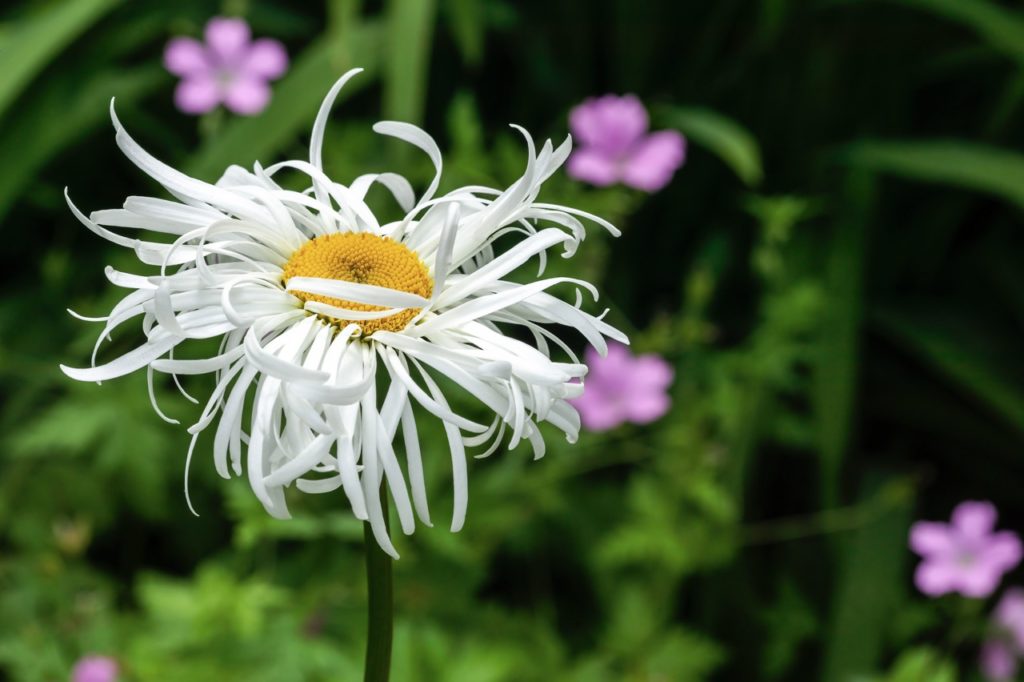
Spread0.5 – 1 M
Bloom TimeSummer
PreferredMost fertile soils
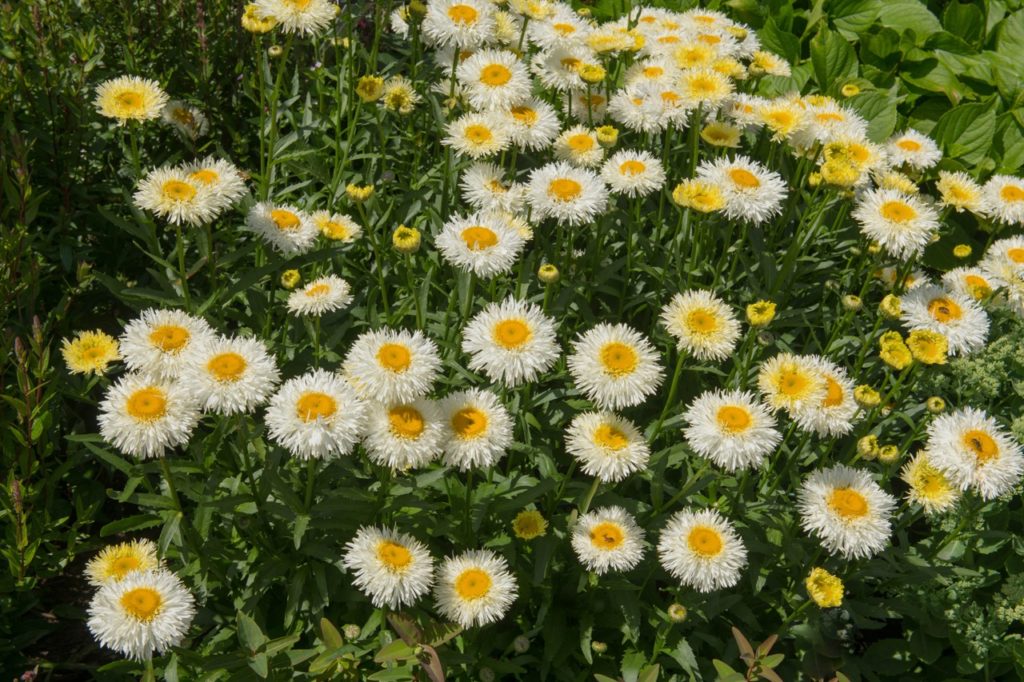
MoistureMoist but well - drained
pHAny
Leucanthemumxsuperbum , or the Shasta daisy as they are more ordinarily get it on , are herbaceous clump - forming perennials and part of the Asteraceae family.1Shasta Daisy . ( n.d . ) . Retrieved March 23 , 2023 , fromhttps://aggie-hort.tamu.edu/wildseed/shastadaisy.html

Slightly bewilderingly , they were previously classed as a member of the Chrysanthemum genus and take their name Leucanthemum from the Hellenic actor’s line for ‘ white ’ and ‘ flower’.2Leucanthemum × superbum “ Snow Lady . ”(n.d . ) . Missouri Botanical Garden . Retrieved March 23 , 2023 , fromhttps://www.missouribotanicalgarden.org/PlantFinder/PlantFinderDetails.aspx?taxonid=244692&isprofile=0&cv
earlier bred in California from other Leucanthemum coinage , it is named after Mount Shasta , as the white bloom are said to resemble its white snowy peak.3Daly , G. ( 2017 , July 23).Shasta sputter by the seaside . Independent . Retrieved March 23 , 2023 , fromhttps://www.independent.ie/life/shasta-shines-by-the-seaside-35958048.html
Since then and through further facts of life , Shasta daisy are now usable in a orbit of different sizes , physical body and even distort .

Shasta daisy are audacious and rugged and are able-bodied to exist all but the very worst winters here in the UK , as they can hold temperature down to -15 ° C .
fuck by pollinator , Shasta daisy offer a great source of nectar and pollen for bees and other insect when they are in heyday during the summertime calendar month .
Common Varieties
Shasta daisies are often known for their white flower petal environ a lily-livered kernel with either single or twofold peak .
Shasta daisy are wide available here in the UK from garden centres and on-line suppliers .
Available in a range of sizes from 20 atomic number 96 tall dwarf variety to some varieties nearly 1 G in height , there is one to suit every garden .

Some potpourri include :
This variety produces stunning semi - double bloom with white petals .
Growing to a height of 60 cm with a 45 curium spread , it does equally well in a border or declamatory container .
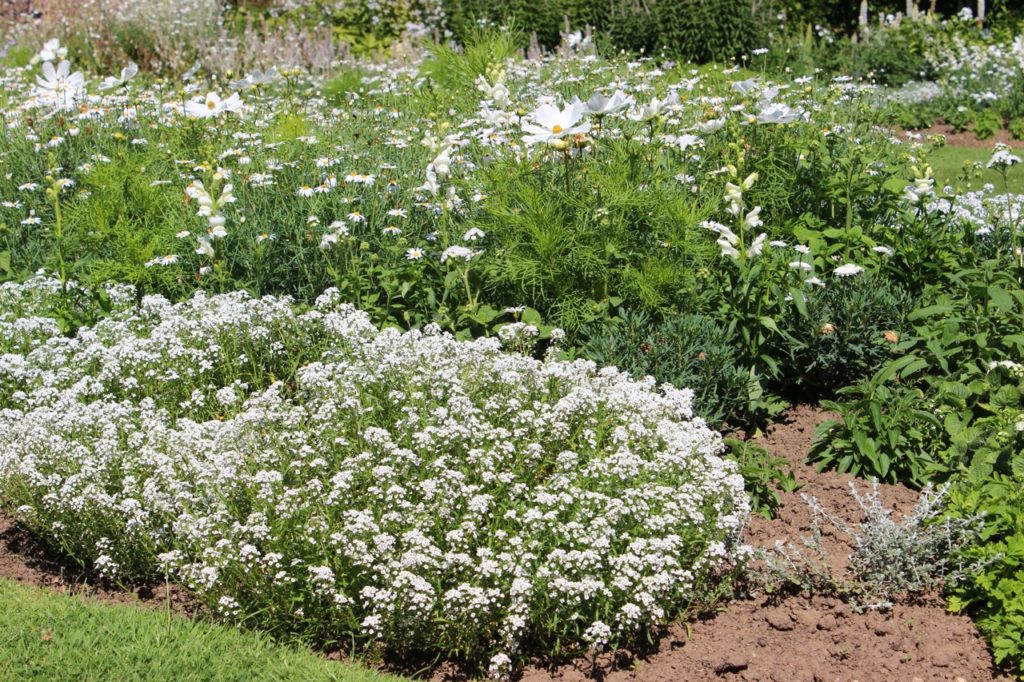
‘ Blessed Virgin ’ is a dwarf variety growing to only 20 cm tall and wide , lay down it perfect for a stool .
With its classical blanched flower petal and yellow centres , it will blossom from June until September .
This variety is a veridical show - showstopper .
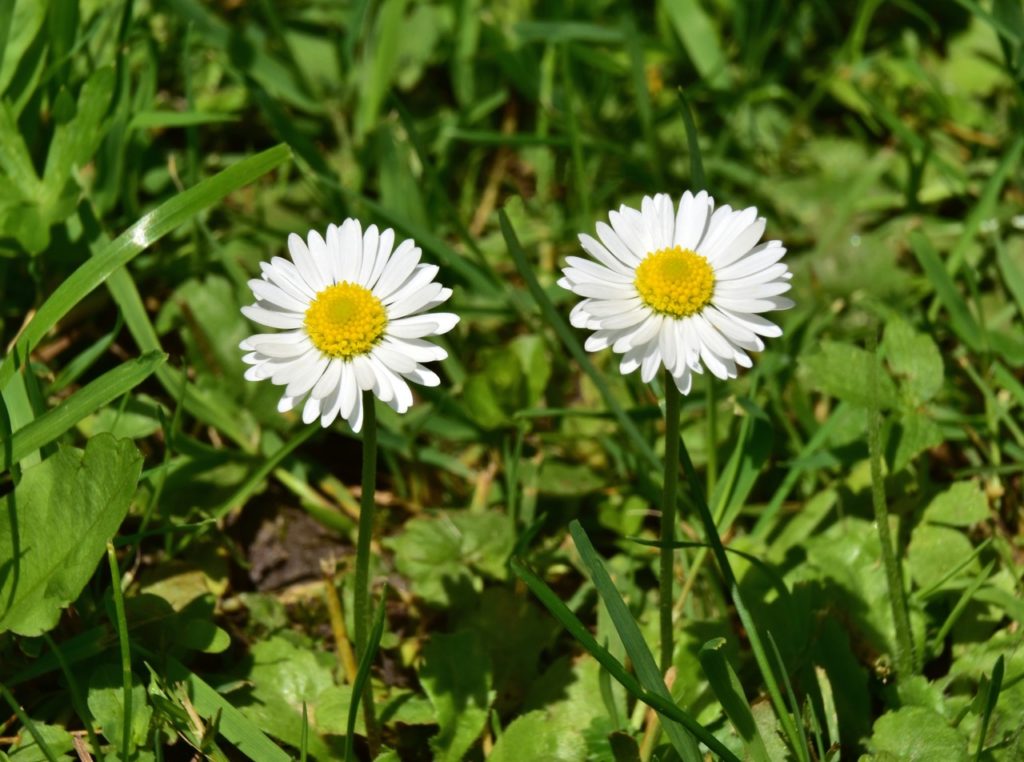
Producing large 10 atomic number 96 diameter flowers with a yellow centre and pale lemony coloured petals , it can farm to up to 30 centimetre tall with almost double the spread .
‘ Wirral Supreme ’ is emphatically one for the border as it grows to 90 cm in height over time .
With three-fold flowers and a frilly nub , it is great when used as a cut flower .

Having been awarded the RHS Award of Garden Merit , it has been shown to perform faithfully well in the garden .
‘ Real Dream ’ is a relatively pocket-sized variety growing to only 40 cm high .
idealistic for the front or center of a mete it create an endless display of pallid yellow blossom with dark yellow centre .

How To Grow Shasta Daisy
Shasta daisies are a very broad plant .
Preferring full sun , a south or west - facing situation is ideal .
However , they will also grow in partial nicety , although possibly flower a little less .
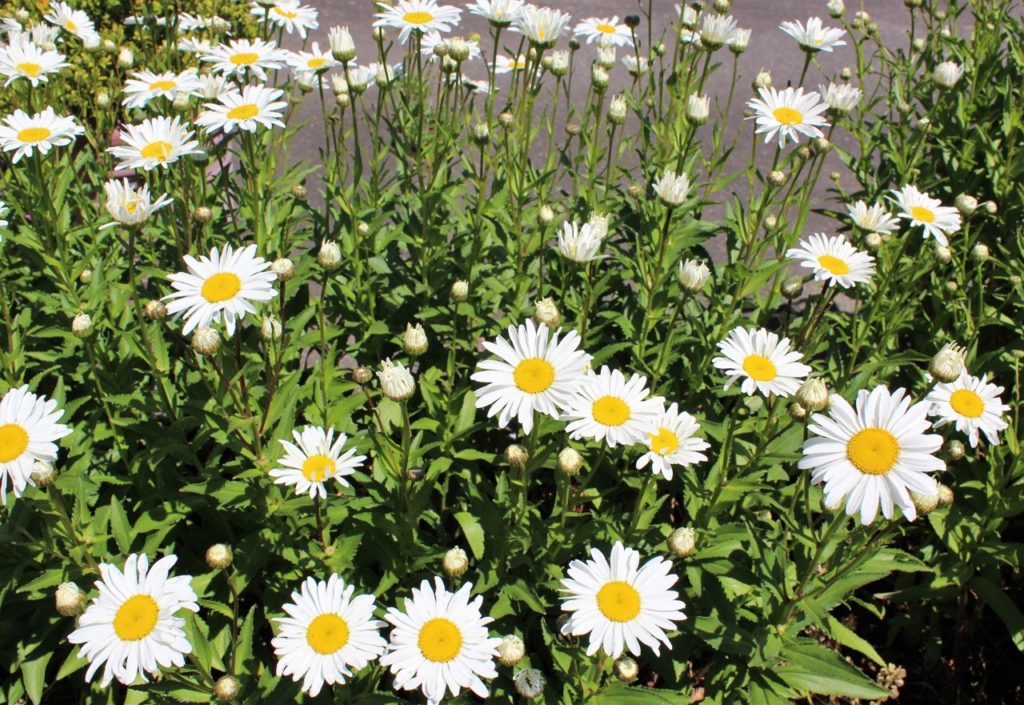
They will cope with any moist , but well - drain soil whether in a border or in a pot or container .
Shasta daisies do prefer to be out of the twist though , so do benefit from a moment of tax shelter .
Shasta daisy are an easy works to maturate and worry for . Most often buy as plant , they can also be rise from seed or division .

Whether to arise in a border or in a container the idealistic time to plant a shasta daisy is in spring or autumn .
If planting in a moulding , dig a hole double as wide-cut as the pot and at least as rich .
Plant the shasta daisy at the same depth it was previously plant and backfill with ground , firm in as you go .
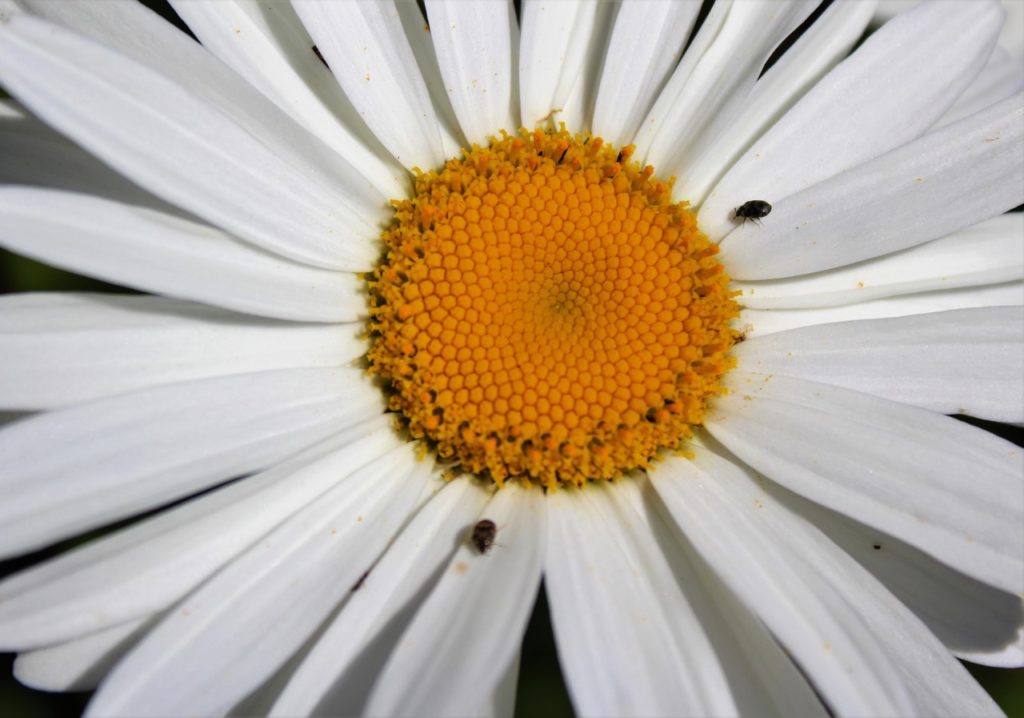
If the stain is pitiable , it is deserving adding someorganic matter or compostat this stage to avail feed the plant .
Water well on planting and until the plant is base , after which lachrymation can be reduced .
When planting in a container the above counsel is the same , although it’s advised to use a potting dirt mixture to plant with .
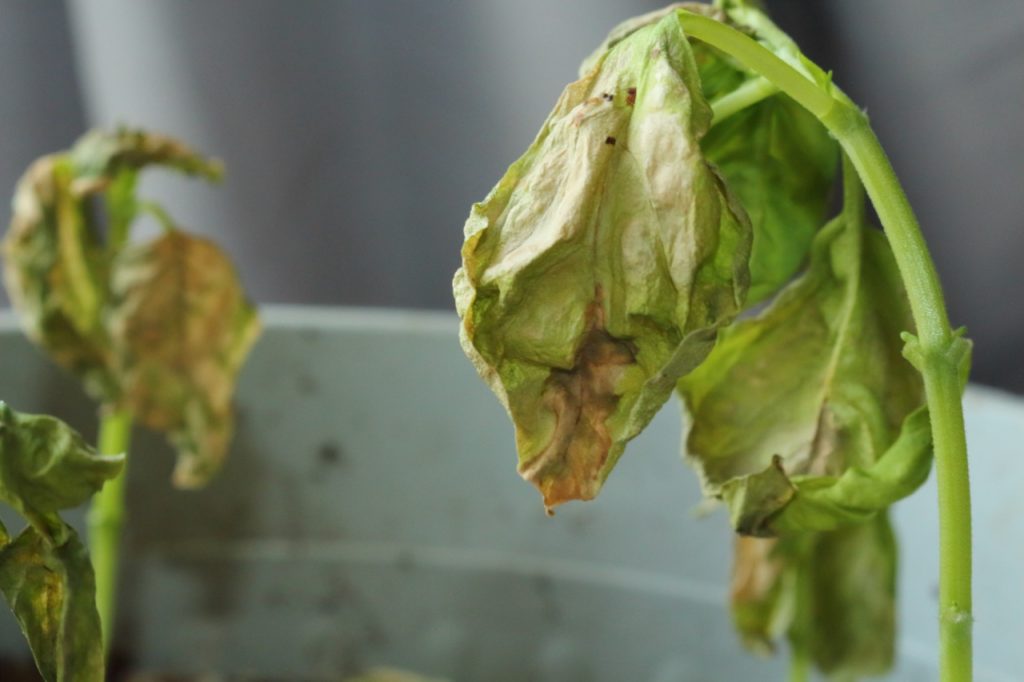
Shasta daisies can be originate from seed , however , they will often not bloom until the following year , so a level of patience is required .
To grow from seed , sow the seeds in February to April in a seed or module tray , using a seed sowing compost and treat lightly .
Water softly or from below after sowing and keep moist and place on a windowsill or in an unwarmed greenhouse .
sprouting normally takes 2 - 4 hebdomad and once the seedlings have grown their first true leaves , they can be cautiously pricked out and pot on .
Keep undercover until the last frosts have passed and season off before planting out .
If sow alfresco , wait until the last frost has passed , usually around May to June , and sow thinly in a well - prepared seedbed rake to a fine tilled land .
Keep water and weed - free and once germinated , thin out to give the plants space to grow before moving them to their last placement in former autumn .
Ongoing Plant Care
Once show , Shasta daisy demand piffling care except for deadheading and cutting back .
Once the flowers begin to fade , the blooms can be trim off to push further flowering throughout the summertime months .
After the first frost , the plant can be cut back to 3 - 5 cm from the grime level to overwinter .
As a perennial , come fountain new increment will appear , which is the perfect time to tot up a slow - release fertiliser and a layer of mulch , which will help suppress green goddess and conserve moisture during the spring up time of year .
Some of the larger varieties such as ‘ Wirral Supreme ’ and ‘ literal Galaxy ’ can grow quite marvellous and will surely benefit from supports of some variety to prevent them falling over .
Whether homemade from bamboo canes or hazel stick or if using metal supports , it is advisable to install these before the plant gets too tall , as it is far easier to do when the plant are still belittled .
Shasta daisy plants can get quite chop-chop lead to large and sometimes congested clunk in only a few years .
It is advisable to split up the works every 3 - 5 years or as required to keep the plants bloom well and to avoid them becoming overcrowded .
To disunite rustle the whole works , ideally in give , and cut away any dead wood .
break up the continue plant life and source into small sections and industrial plant at a spacing of 30 cm to allow them elbow room to spring up or flowerpot up in containers .
Shasta daisies are comfortable to accommodate in most garden , but perhaps suit a cottage style or intimate planting scheme best .
Shasta daisies go well with many plant life but perhaps look especially good when planted with perovskia , crocosmia and rudbeckia .
They are also a swell perennial for a cutting patch as they have such a long flowering time of year .
Common Problems
Shasta daisies are by and large unaffected by pest and disease although they , along with many other plants , can be susceptible to aphids and verticillium wilting .
Aphids are fool - sucking bugs that are often draw to Leucanthemum plant and infestations can run to reduced outgrowth and curl or distorted leaves .
ordinarily seeable to the defenseless eye , they lean to congregate on raw development and peak buds prior to opening .
check out plants regularly from spring onwards and if found , present military action can include squelch by paw where numbers are small and encourage predatory ladybirds and hoverflies into the garden .
For severe infestation , constitutional sprays may be used .
Verticillium wilting is a coarse soil fungal disease that can involve ornamental , yield and veggie – let in Shasta daisies .
symptom can include the farewell yellowing and shrivelling up and the plant suddenly wilt in raging weather .
Depending on the harshness , the stirred flora may recuperate when cooler weather arrives and with with child lachrymation .
There is no chemic control available for verticillium wilting and the fungus can be spread through soil motion and taint .
Therefore , tutelage must be taken if verticillium wilt is affirm and any infected plants and their origin dispose of and territory not move around .
Once any infected plant life have been dispatch , it is advisable to either replant with verticillium wilt - resistant plants or supergrass over the affected surface area for many years .